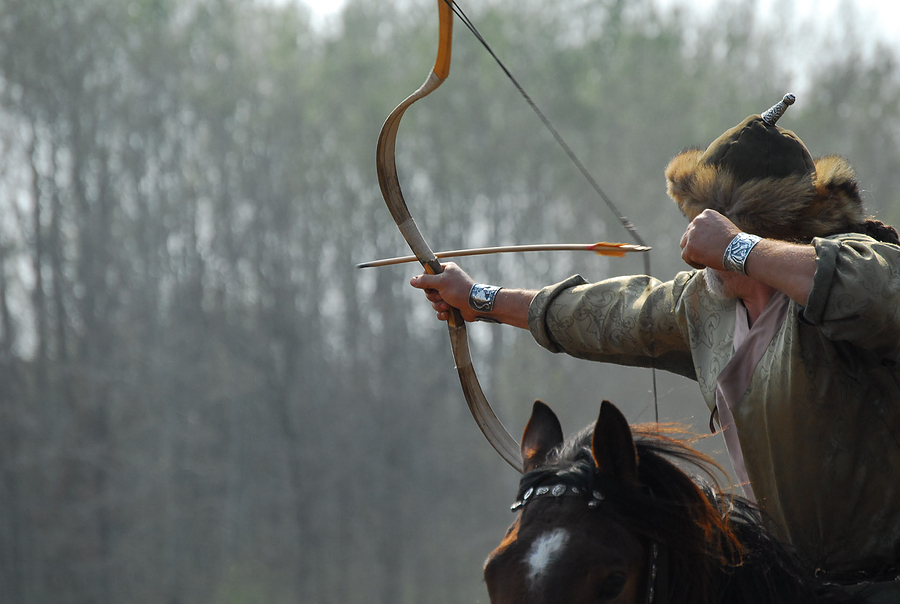The English longbow, which is also known as the Welsh longbow, is an extremely powerful medieval longbow, which is basically a tall bow designed for the purpose of archery. It stands at a height of 6 feet or 1.8m. Traditional English longbows were used by the Welsh and English for the purpose of hunting while simultaneously serving as an efficient weapon in warfare of the medieval times.
The English successfully used these longbows against the French in the Hundred Years’ War. With the passage of time, they turned out to be less successful.
The earliest longbow originating from England is dated back to 2665 BC, which was unearthed at Ashcott Heath Somerset. However, during the period when longbows were dominant, there are no extant longbows. The primary reason for this phenomenon includes weaker bows that easily broke and that were effectively replaced rather than being handed from one generation to another.
Nearly 130 bows survived from the period of Renaissance. What’s more, approximately 3,500 arrows and 137 whole longbows have been recovered from a ship called Mary Rose, which was an integral part of the navy of Henry VIII and which sank at Portsmouth in the year 1545.
Traditional English longbows are extremely tall, approximately equal to the user’s height. This allows the archer to execute quite a long draw, at the very least to the jaw. Longbows are not recurved to a significant extent. Moreover, the limbs of the bow are extremely narrow so that they take on a circular shape or D-shape.
Longbows have been crafted from a wide range of woods across many cultures. In Europe, they date back to the Paleolithic Age. Since the advent of the Bronze Age, they were crafted exclusively from yew. In the event of unavailability of yew, wych elm was used.
Organisers of archery competitions have set formal definitions with regard to the several classes. Several longbow definitions excluded medieval materials, examples, and utilised techniques.
According to the British Longbow Society, the English longbow is crafted in such a way that its thickness is at least 62.5% its width, which is similar to Victorian longbows, with the section near the handle being the widest. This is in sharp contrast to the medieval longbow, whose thickness was anywhere between 33% and 75% of the total width. In addition, the Victorian longbow does not bend across its entire length, which is again in sharp contrast to the medieval longbow. That being said, the primary usage of longbows pertains to warfare and hunting.
During the middle Ages, the Welsh and the English were renowned for their extremely powerful longbows, which were used effectively in the civil wars occurring during their period. The first book written in English with regard to longbow archery was Roger Ascham’s Toxophilus, which was dedicated to none other than King Henry VIII.
Despite the fact that firearms replaced longbows during wars, wooden- or fiberglass-laminated longbows were still utilised by traditional archers and certain tribal societies for the purpose of hunting and recreation.
A longbow has several advantages in comparison with the recurve or compound bow: it is light, extremely quick to prepare for the purpose of shooting, and a largely silent shooter.
